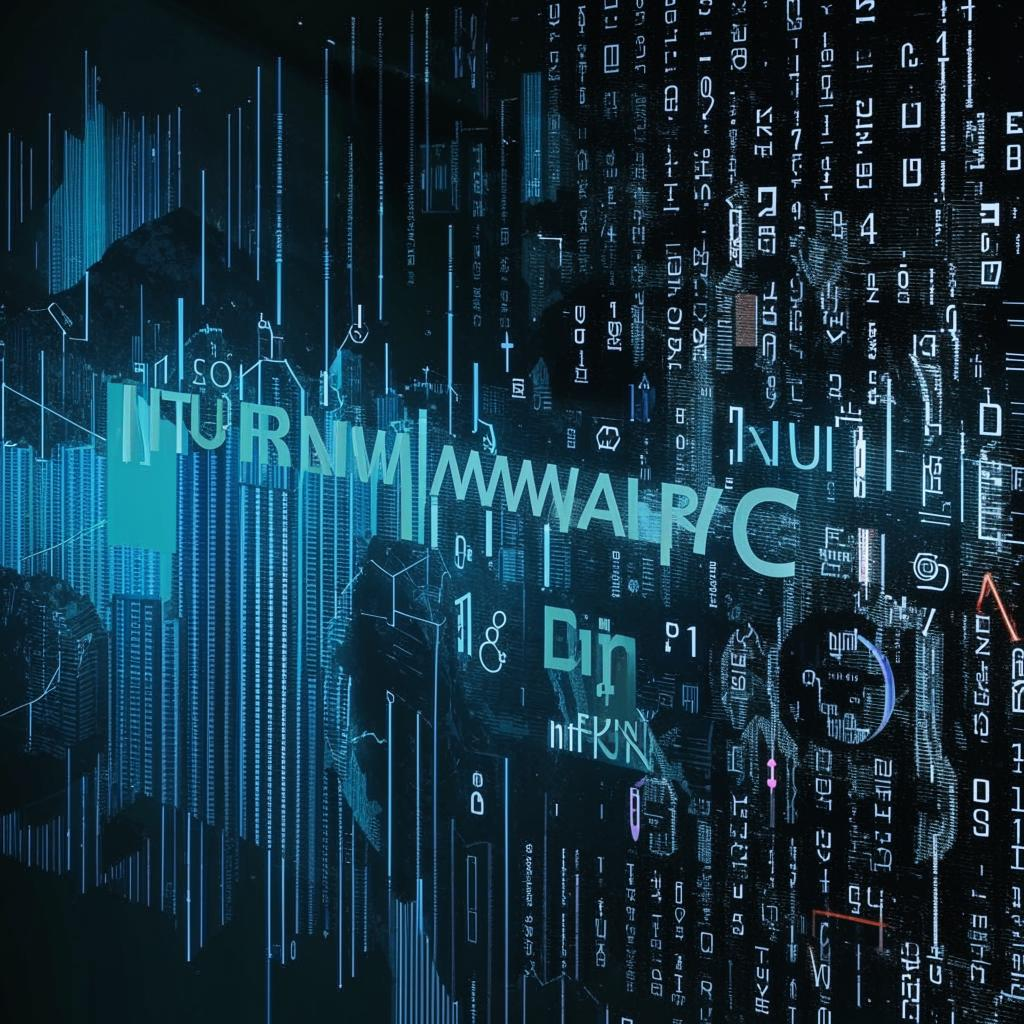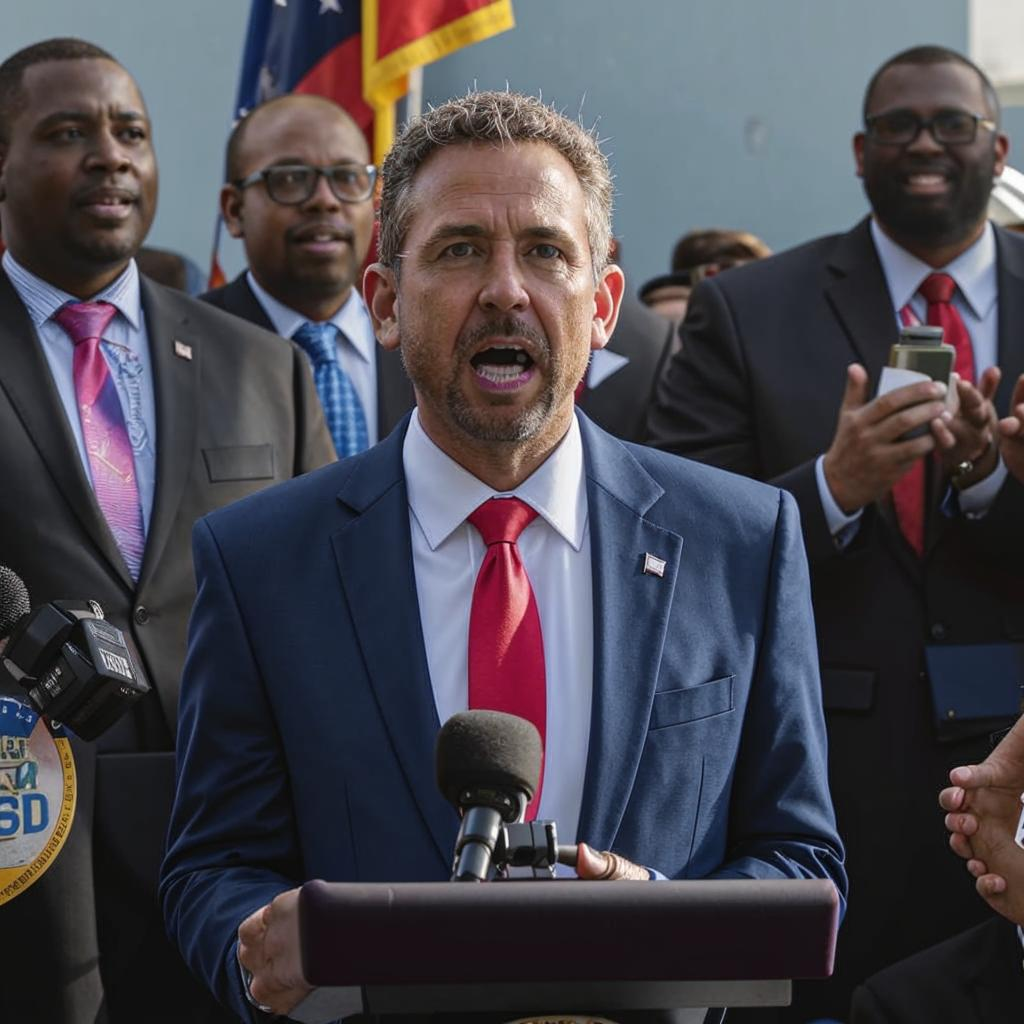The United States is grappling with a significant surge in ransomware attacks targeting its critical infrastructure, raising alarm among government officials and cybersecurity experts. Hackers are increasingly setting their sights on essential services such as energy, water, and transportation systems, demanding hefty ransoms to unlock paralyzed networks.
These attacks often exploit vulnerabilities in outdated software or rely on phishing schemes to gain access to systems. The consequences can be devastating, leading to disruptions in essential services, financial losses, and potential threats to public safety. For example, a recent attack on a water treatment plant resulted in the temporary shutdown of operations, highlighting the real-world impact of these cyber threats.
The Biden administration has made cybersecurity a top priority, implementing new regulations and investing in infrastructure upgrades to bolster defenses. The Cybersecurity and Infrastructure Security Agency (CISA) is working closely with private sector partners to share threat intelligence and provide guidance on best practices.
However, experts say that more needs to be done to address the root causes of the problem, including improving cybersecurity awareness among employees, patching vulnerabilities promptly, and investing in advanced threat detection technologies. The battle against ransomware is an ongoing challenge that requires a coordinated effort from government, industry, and individuals to protect the nation’s critical infrastructure. Further, international collaboration is needed to track down and prosecute cybercriminals operating from safe havens abroad. The future security of the United States depends on its ability to effectively combat these evolving cyber threats.















